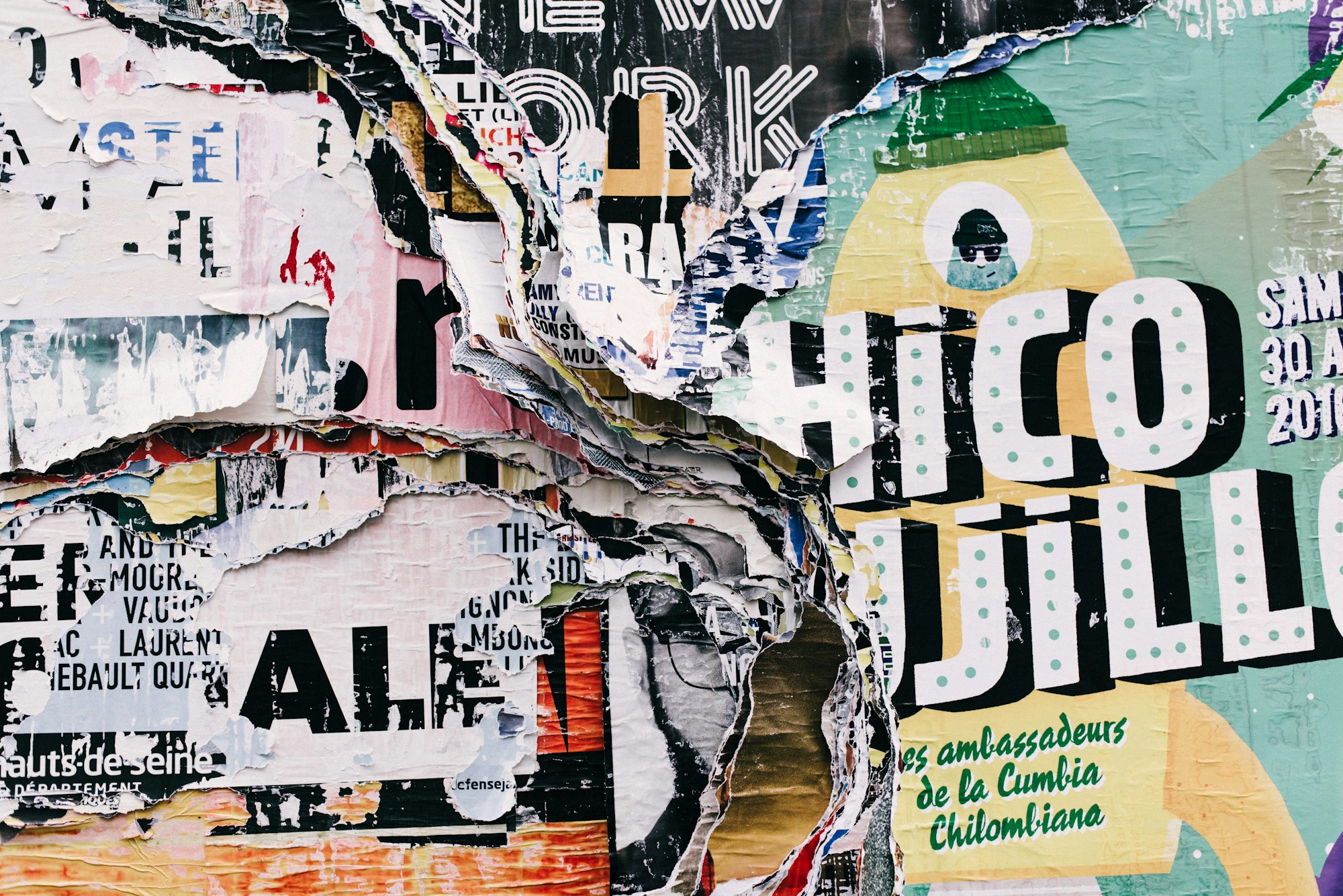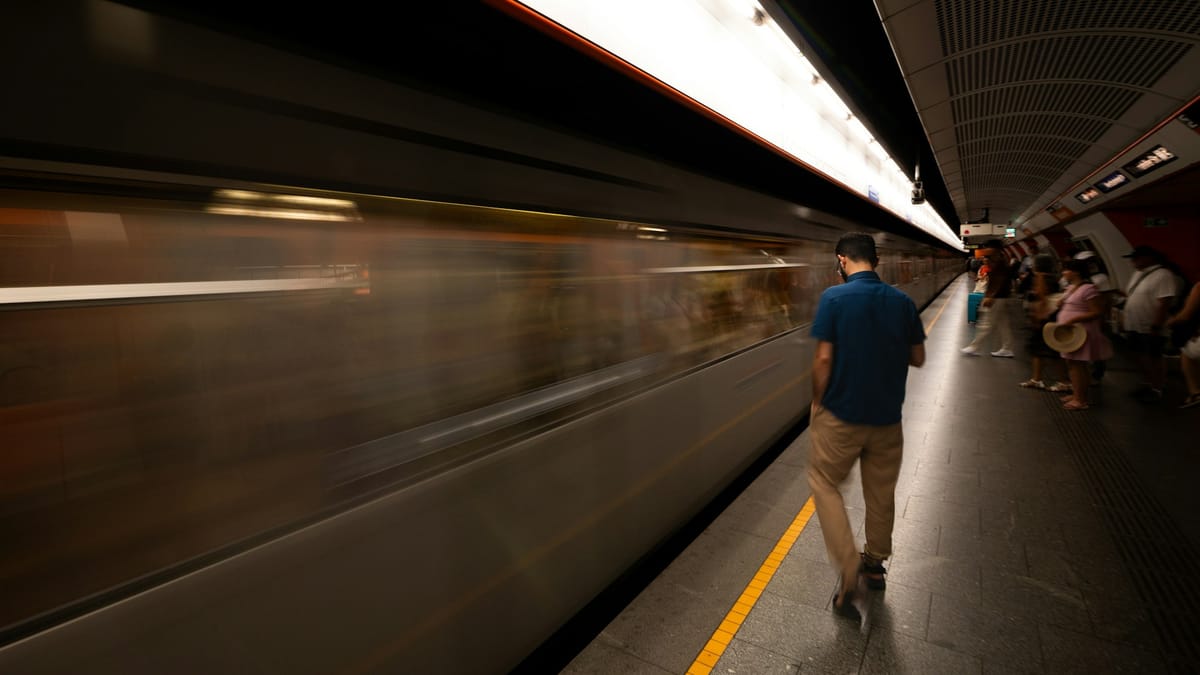The Human Brain Was Never Built for This Pace
Flick, scroll, refresh — our attention splinters into a thousand bright fragments.

Beneath the Chaos
Psychologists studying “sustained perception” describe what happens when the eyes stay fixed longer than habit allows. The first seconds are mechanical. The next are uncomfortable. Then, something flips — a quiet rewiring. The frontal cortex softens its grip. The default-mode network hums awake. The brain starts to wander inside the image instead of away from it.
That’s the trick: focus isn’t strain, it’s surrender. The longer you hold your gaze, the more your mind stops performing and starts perceiving. Details bloom that were invisible before. Time stretches. You remember what it feels like to simply be with something.
It’s not meditation, not art appreciation — it’s recovery. A small neurological protest against a system that monetizes distraction. Deep looking gives your brain back its rhythm, one silent second at a time.
The Biology of Stillness
When you stop jumping from image to image, your brain slips from the alert mode of the sympathetic system into the slower rhythm of the parasympathetic — the one built for rest, not reaction. Breathing deepens. Cortisol drops. Blood flow shifts toward the visual cortex and the prefrontal regions that handle meaning and memory.
This is the opposite of doomscrolling. You’re not feeding the brain new data. You’re giving it time to metabolize what’s already there.
The Neural Reset
Neuroscientists call it “attentional stabilization.” The first thirty seconds of looking are noise — your brain still expects a new stimulus. Then the deeper layers of perception kick in. The occipital lobe starts picking up faint variations in color, texture, shadow. Micro-movements of the eyes — those tiny saccades we can’t stop — begin to synchronize. The result: a sense of coherence.
In that moment, perception stops being consumption. It becomes participation.
The Default-Mode
When the eyes settle, the so-called default-mode network — the system tied to imagination, empathy, and self-reflection — reawakens. It’s the same circuitry used in daydreaming, creative thought, and memory integration.
That’s why staring at something, even an ordinary object, can trigger a quiet flood of associations. Your brain starts linking past to present, emotion to vision, self to world. You begin to see yourself seeing.
The Emotional Shift
Psychologists have noticed that extended visual focus calms the amygdala — the brain’s alarm bell. What follows isn’t numbness, but a kind of clarity. Mood lifts not because something “happens,” but because you’ve stopped demanding that it should.
Stillness, it turns out, is not inactivity. It’s the nervous system learning to breathe again.
Reclaiming Vision
We treat attention like a resource to spend. It’s not. It’s a muscle that decays when unused. Deep looking — whether at a painting, a window, or a face — rebuilds it. It rewires what distraction erodes.
This isn’t self-help. It’s self-repair. The act of looking becomes a statement: I refuse to be automated. I choose to see.
© ART Walkway 2025. All Rights Reserved
Read Next on ART Walkway:









